Copperhead snakes are a common sight in some parts of the United States. Due to their potentially lethal venom, many people across the US are interested in how to remove copperhead snakes from their properties.
In this article, we look at copperhead snakes, copperhead repellent options, and other ways to get rid of copperhead snakes.
Is the Copperhead One Species?
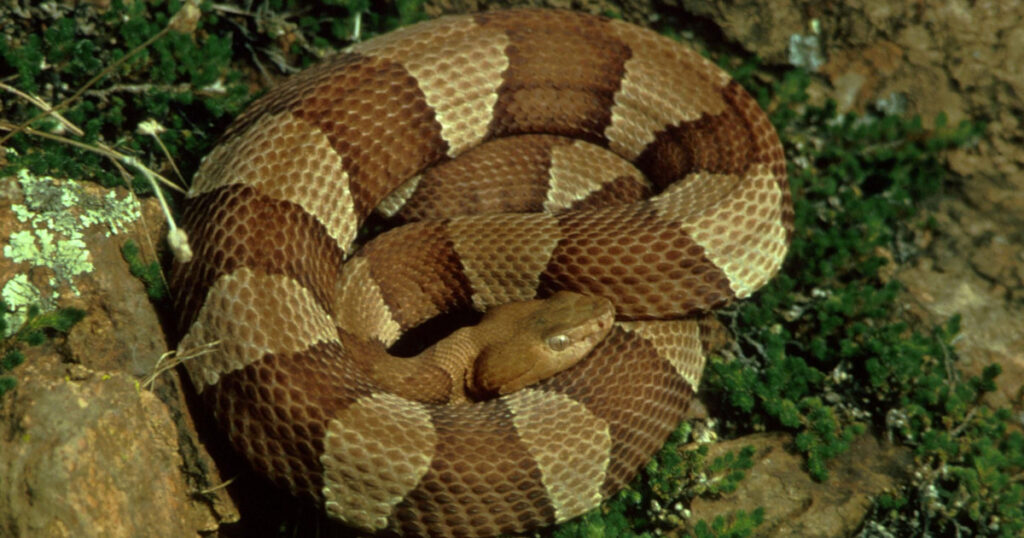
The copperhead snake is not just one species. From the main species, Eastern copperhead (Agkistrodon contortrix), there are five known subspecies of copperhead snakes. These are the Northern, Northwestern, Southern, and two Southwestern subspecies. The Northern copperhead has the largest range.
There is some confusion as well. The Osage copperhead, for instance, was once considered to be a new species of copperhead with a distinct range. However, DNA studies have found that the species has no difference compared to the Northern or Southern subspecies of the Eastern copperhead. Therefore, the Osage copperhead could be just a local variant of the more common snake species.
What Does a Copperhead Snake Look Like?
If you want to know how to identify a copperhead snake, you need to look at the color and marketing of the snake in question. Compared to other snakes, an adult eastern copperhead is very distinctive.
As an adult, they have dark brown, hourglass-shaped markings that overlap on a reddish brown or brown/gray background. The copperhead is not a slim snake at all but rather heavy-bodied. This gives it an overweight look, which many people who are not used to the snake consider to be a sign to have eaten a lot recently. However, this is their natural look and it is hard to tell whether a copperhead has eaten just by looking at it.
Young copperheads are slightly different. When they are born they have a green or yellow-tipped tail. This will change within the first year to a brown or black color common with adult snakes.
How Big Can a Copperhead Get?
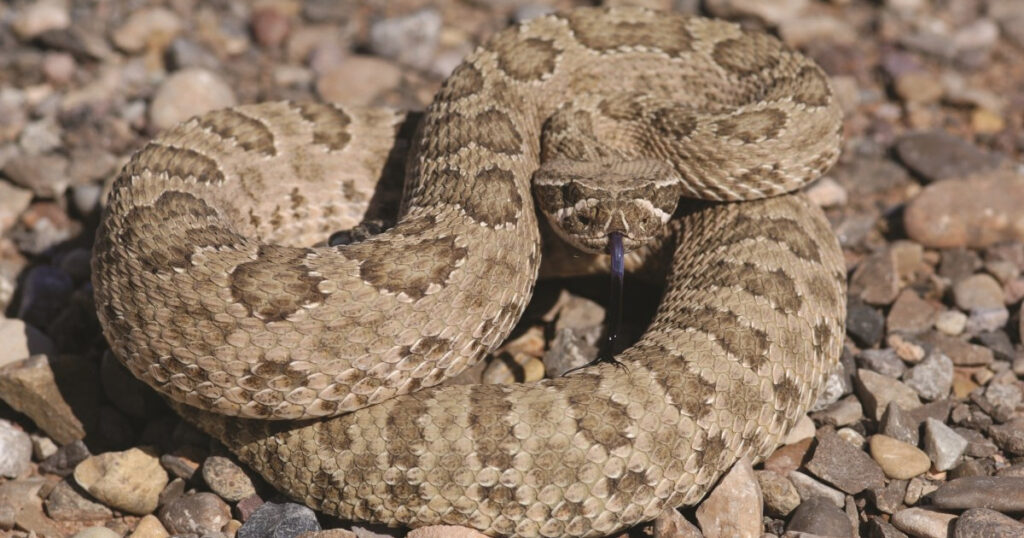
Copperheads are relatively small snakes, especially when compared to other snake species in North America. An adult copperhead snake can reach lengths between two and three feet (20 to 37 inches).
Males tend to be slightly larger, reaching lengths of just 30 inches at most. At most, they tend to weigh no more than 343 grams. Females tend not to exceed 26 inches in length and weigh on average, just over 100 grams (119 grams).
There have been reports of some individuals of this species reaching 53 inches long, but this was an extreme case recorded in 1931.
Where do Copperhead Snakes Live?
Copperheads are very tolerant of a range of habitats that have allowed them to expand into a wide range. Therefore, knowing what states have copperhead snakes can be complex. Copperheads are known to be flourishing from Southern New England to West Texas and are reported in northern Mexico as well.
Within these ranges, copperheads are often present where there are woods or forests nearby. These locations fit their natural colouration perfectly, allowing them to camouflage in the foliage or dead leaf litter and await prey to come by.
However, the copperhead is known to prefer ecotones. Ecotones are areas where there is a transition between two different ecological communities. So, for example, they like to live in rocky, wooded areas, thickets near streams, and other areas where two habitats start to combine.
Most of the time, the snake will have access to both sunlight for basking, and cover, to hide in.
Research into copperhead locations has also found that copperheads have become very tolerant of suburban areas. They can be found in small woods and sawdust piles, farm buildings, junkyards, and construction areas. They have a fondness for cover that can include boards, sheet metal, logs, or flat rocks.
Do Copperhead Snakes Climb Trees?
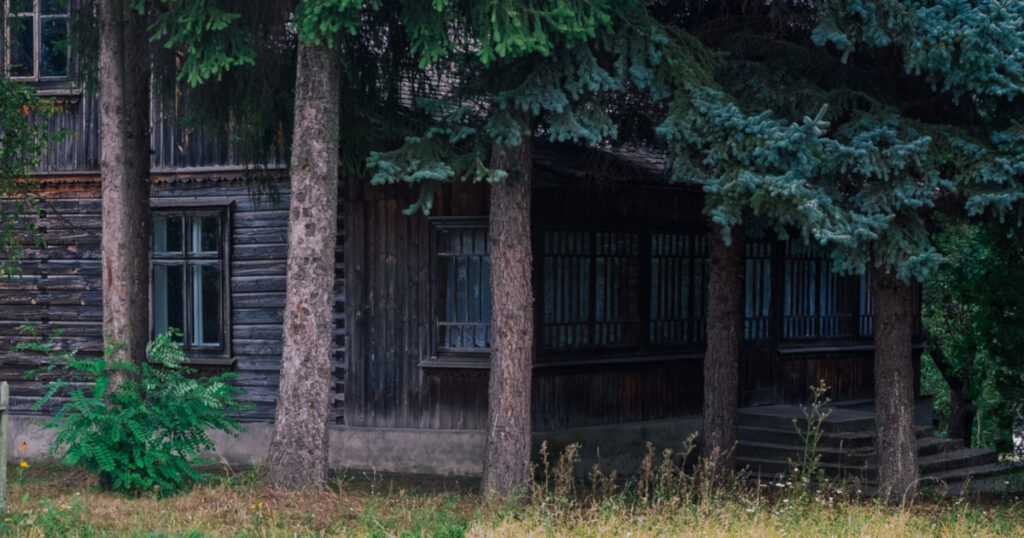
Copperhead snakes have been known to climb low-level trees and other foliage. However, they are not well-known to climb high into trees very often. The most common reason why they are likely to climb a tree is in the pursuit of prey.
Do Copperhead Snakes Swim?
Snakes have evolved to be excellent swimmers. Their body shape is perfectly designed for movement in the water with limited drag. Therefore, copperhead snakes are good swimmers. They can be found in the water and swimming.
However, they are not known as water snakes. They swim for a specific purpose, like crossing a river or lake to reach a new source of food, or to find shelter or a mate. Therefore, it is less likely that a snake in the water is a copperhead; it is more likely to be a cottonmouth (Agkistrodon Piscivorus) that you are seeing.
Are Copperhead Snakes Poisonous?
There is some confusion about whether snakes are poisonous or venomous. The terms are very different. Poisonous means that you would have to ingest the animal/plant for it to affect you.
A venomous animal or plant requires the species to bite or sting you to have an impact. Therefore, few snakes are poisonous in the world. Snakes deliver their toxin via a bite in most cases. In North America, there are no poisonous snakes. The only known poisonous snake is the Tiger Keelback (Rhabdophis Tigrinus) which is found in Asia. This snake is unique because it is also rear-fanged venomous.
Copperheads are venomous. But the species is not that aggressive and bites are often non-fatal. The lethal dose from a copperhead is around 100mg, making their venom one of the weakest of all pit vipers. But can a copperhead kill you? Yes, but it is very rare, even though most bites in North America are from copperheads. There is only one recorded death about every four years. Rattlesnakes cause the most deaths from venomous snake bites in North America.
Copperheads are more likely to display a threat and bite as a last resort. And most bites from copperheads are dry (or only a tiny amount). Dry bites are bites where no venom is injected into the victim. This characteristic should not be an excuse not to seek medical attention, as any bite requires an emergency health check and maybe some anti-venom.
The reason why dry bites are so frequently used, is that it takes time and effort for a snake to produce venom. Wasting the venom to bite something it won’t eat puts the snake at risk of having to wait before they have enough venom to hunt again.
The most common time when someone is bitten by a snake is when they step on the individual or try to move it. A snake is more likely to stay hidden or run away if it feels threatened.
A dead viper can still produce venom in small amounts. So be sure if you see a dead viper that you take care when around it.
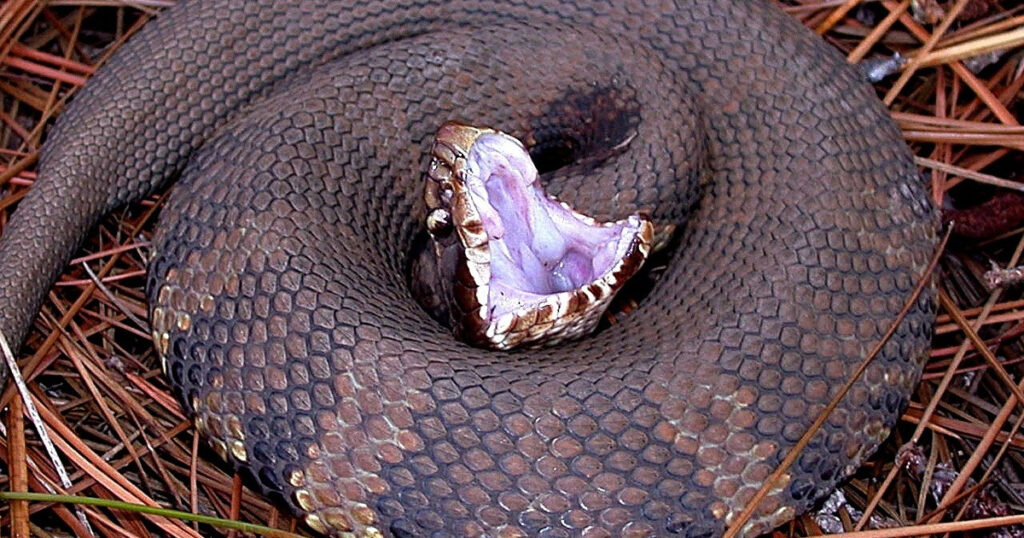
What to do if you see a Copperhead Snake?
While it is rather unlikely that you will see a copperhead snake, it is a possibility. A copperhead snake will only be in your area if there is something that it is looking for, usually prey. Therefore, the common prey items of the copperhead include rats and mice that can be found near homes and other human occupancies.
Most of the time, it is therefore assumed that a copperhead has found a rat or mouse trail near the location you’ve seen them.
The best course of action when you see a copperhead is to ensure that you, your family, and your pets are safe. Remove yourself from the location. If you are on a walk in a wooded area, this might mean that you need to walk back. If it is in your yard, try to get everyone inside.
Once inside, contact a local snake catcher or copperhead pest control team. They will be happy to come and remove the copperhead from your yard and relocate it. Snakes are very unlikely to return to the same area again.
Getting Rid of Copperhead Snakes Easily
Fortunately, proactive steps can help anyone keep copperhead snakes away from their home. None of these actions require the person to physically harm the snake. They’re all environmentally friendly and good for the snake too. Here are some steps on how to keep copperhead snakes away.
1. Remove Potential Homes
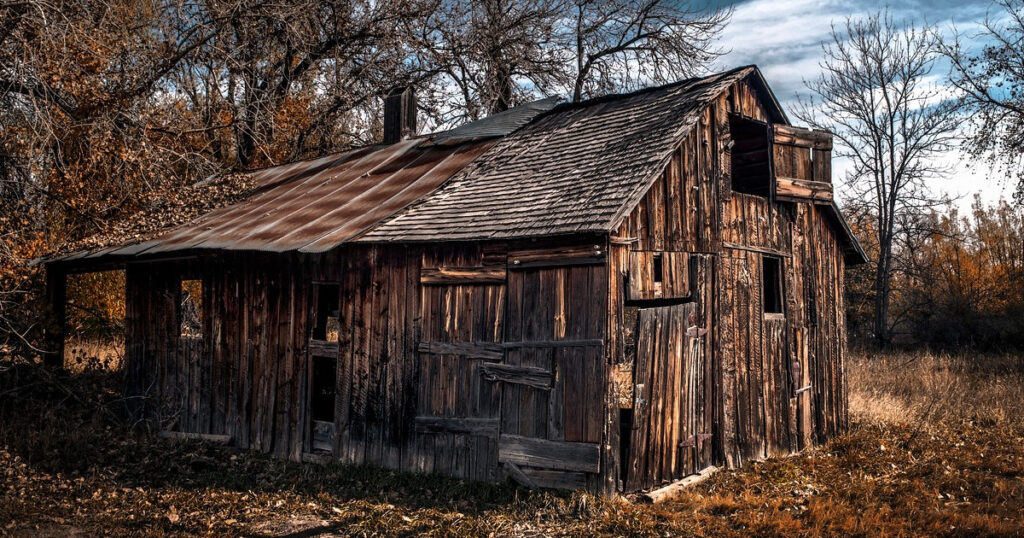
The first thing that should be done is for potential homes to be removed from the property. There are several places where copperheads will consider potential homes like old, abandoned sheds and barns, rubbish piles that include sheet metal or wooden boards, leaf piles, etc.
Reducing these means there are limited locations for the copperhead to spend time. Snakes prefer to hide and remain out of sight, only coming out when looking for water, food, or a mate. Therefore, if there is no home for them, they won’t stick around.
2. Remove Attractions to Prey Items
As mentioned before, copperheads are secretive creatures. Therefore, they are only going to be seen when they are hunting. During this time they are going to be full of venom, so it is also the most dangerous time. However, snakes are clever and have a great sense of smell. When hunting they follow rodent trails to find locations where they are most likely to catch them.
So removing or reducing rodents around your location is a vital part of getting rid of copperhead snakes. Rodents love to live near people because we throw away a lot of food. So using rodent-proof bins and ensuring there are no potential homes for them can be a great option to reduce the chances that rodents will be frequent in your area.
3. Use Plants Copperheads Don’t Like
Like most animals, copperheads have preferences for their habitat and this even goes as part of what plant species they are willing to tolerate. Snakes aren’t fans of plants that have strong smells, like herbs, essential oils, and spices. Popular plants that are a natural copperhead snake repellent include onion plants, garlic, marigolds, and more.
Including some of these can be one of the best repellents for copperhead snakes that aren’t going to affect other animals or the look of your garden.

4. Ultrasonic Snake Repellers
One of the best copperhead-repellent options are ultrasonic snake repellers. This is a low-cost, highly effective ecologically safe copperhead snake-repellent device that is pushed into your ground and then emits vibrations that mimic the presence of a large individual in the area. Snakes don’t want to be found and the vibrations make them think that a potential predator is around. Therefore, they seek shelter and move away.
This option is completely environmentally friendly and there are battery and solar-powered options available. It will cause no harm to you, your children, or pets that you might have in the area. The average pair can protect your home and if you have a large property, you can buy a couple of sets to protect your area.
5. Copperhead Pest Control Services
Copperhead pest control services are your final solution when it comes to learning how to get copperhead snakes out of your yard. Some local enthusiasts are willing to collect snakes from your yard and relocate them. There are also professional services and some fire departments are known to offer this service.
However, this is a last resort as a proactive approach is always best when you want to know how to keep copperhead snakes away from your home. Copperhead removal costs can also be very high, whereas the tips above on how to keep copperheads away can be much more affordable.
Final Word: How to Repel Copperhead Snakes
Removing a copperhead snake from your home is very risky. Most snake bites in the United States occur because an individual has tried to move a venomous snake from their home. Therefore, it is best to learn how to repel copperhead snakes. Above are the ways that you can repel copperhead snakes with ease while also looking after the local environment.
Want to learn more about Copperheads? Find out if they smell like Cucumbers!